Growing plumeria from seed can be quite rewarding provided you have the patience to allow for the 3 to 5 year wait for blooms. Growing from seed is the only way to produce new and different cultivars. Plumeria seeds are easy to germinate and will grow with a minimum of care. In fact, growing plumeria from seed is the least expensive way to increase your collection. A word of caution though, 100 or so 3 month old seedlings don't take much room but the same plants at 3 or 4 years will need a bit of real estate to develop properly.
A very important and often overlooked fact is that if a plumeria is grown from seed, then it is a seedling, NOT the original cultivar. Even if the flowers look like the parent plant's flowers and shares the same fragrance, a seedling is still a seedling! There are still many people who will grow a seed of King Kalakaua for example and sell or trade cuttings or the seedlings as King Kalakaua. This practice is wrong! The cuttings in this example need to be labeled as King Kalakaua Seedling, not the original. A DNA genetic study would show that the seedling is different than the parent, no matter how much the flowers resemble the parent.
Source
Plumeria seeds form when a flower is pollinated either by the wind (self pollination) or by an animal, be it thrip, moth, butterfly, hummingbird, or human. After pollination, a seed pod will begin to grow. These are usually a twin-lobed affair that looks rather like a fat propeller blade. Sometimes only one wing will develop and other times the two wings will be attached to each other. The seed pod (follicle) will require 8-9 months to mature. This means that it must be over-wintered in Houston. This poses no problem, however, because the seed pod will continue to grow and mature on the plant while in your garage and dormant. In the spring when the plant with seed pod is back out and growing, you may prefer to wrap the seedpod loosely in cheesecloth or women's nylon to prevent the dispersal of the seeds when the pod becomes ripe, dries and opens up. The key here is to catch the seeds and allow for good air circulation around the ripening follicle. The other option is to keep a daily eye on the pod and cut it from the plant when it dries before opening and releasing the seeds. A single seed pod may contain over 100 seeds on some cultivars while on others 25-30 seeds may be common. Seed size varies with cultivar, ranging from less than a half inch to nearly 2 inches in some of the more robust plants. Each seed will appear similar to a maple tree seed with a papery wing at one end and at the other, a plump swelling containing the plant embryo.
Planting
Plumeria seeds can be planted directly in soil as if they had dropped to the ground from a tree. This means that the plump end should be plunged into the soil and the papery wing left protruding above the soil line. After planting, water gently so as to not wash the seeds from the soil. Another method that works very well and is used by local Houston experts is as follows. First, the plumeria seeds are placed between two layers of a wet terry cloth and allowed to plump by absorbing water. The seeds that do not plump are probably not viable and should be discarded. The seeds then can be planted in soil as above after a 24 hour soak in this manner or left between the sheets until they sprout a root. In either case, they will need careful monitoring until the cotyledons (seed leaves) have emerged from the seed sheath. You may have to moisten the new seedling with a spray mist bottle and gently remove the sheath to expose the cotyledons. If you do not moisten the seed, you will most likely break the root off! Within a few days, the seedling will produce its first true leaf.
Seeds generally sprout in 3 to 14 days. On an average, you can expect a seedling to reach 6 inches in height in about 8 weeks. A one year old seedling will stand about 1 foot tall. After 2 years' growth, 2-3 feet tall, and 3-5 feet after 3 years' growth. After 3-5 years' growth, the seedling could bloom and branch, which will modify its race to become tall and skinny. Often times a seedling will appear to be setting its first bloom bud, but no flowers develop. The plant will usually branch at this point just as if it had bloomed. This process is called nubbing by some experts. The next bloom attempt probably will produce flowers.
Plumeria seeds are best started in a sterile soil mix, then, transplanted to a mixture suitable for mature plants after 3 or 4 true leaves have developed. Feed monthly after transplanting with a balanced fertilizer such as 20-20-20 for the first 1 or 2 years of active growth. If possible, do not let seedlings go dormant their first winter. Treat seedlings as adult plumeria after the first full growing season.
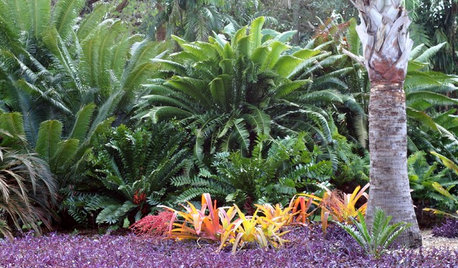

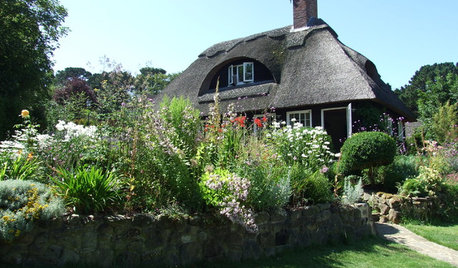
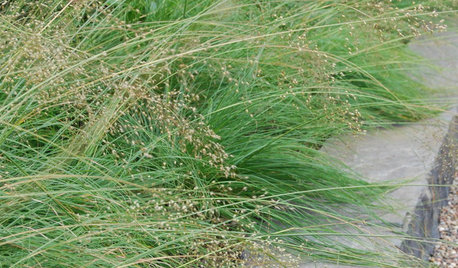
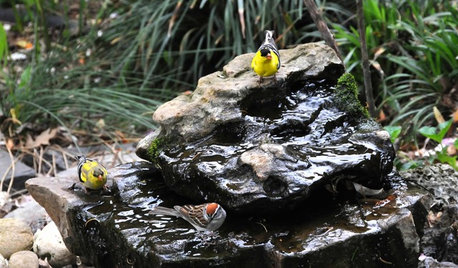








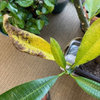
greekman
Related Discussions
Palm tree, bird of paradise, plumeria, pecan tree from seed
Q
So Cal Plumeria Society Cutting Sale PIX !!!
Q
PSA = Plumeria Society of America Right?
Q
So. Cal. Plumeria Society Sale Sept. 9 & 10
Q